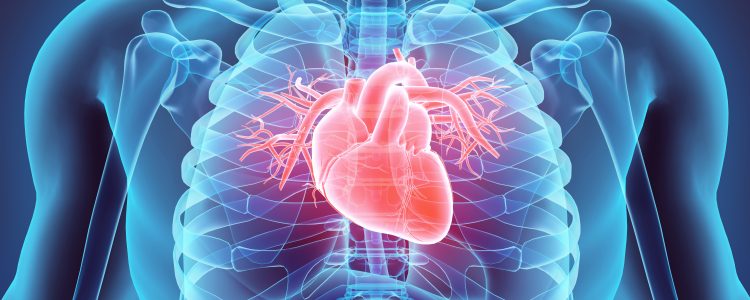Cardio Check from Functional Dx

Cardiovascular disease has become a common condition worldwide, and raised blood pressure with elevated cholesterol levels are two of the risk factors that will often prompt further investigations. Reducing your risk involves managing body weight and stress levels, exercising, quitting smoking and adopting a heart-healthy diet, but how do you accurately assess your own personal risk if the blood lipids your GP ordered come back as ‘normal’? Does this really mean you are Cardio ‘healthy’ and good to go?
When considering the prevention, or support for cardiovascular conditions, there are in fact many more useful and important blood biomarkers one can assess than simply the standard lipid panel with inflammatory markers. There is one important biomarker –Lipoprotein (a) – which stands out as an ‘independent’ risk factor, meaning it is associated with cardiovascular disease independently of other known risk factors, such as age or lipid profile. Research now suggests it is also causal, as opposed to merely having an ‘association’. That bears repeating – a causal factor in conditions that include coronary artery disease, myocardial infarction (MI), stroke, peripheral arterial disease and heart failure. Concentrations of Lipoprotein (a) are also strongly determined by our genetics.
The FunctionalDx comprehensive blood test ‘Cardio Check’ also includes some other very important markers for assessing cardiovascular risk: Homocysteine, Apolipoprotein A1, Apolipoprotein B, LpPla2, Fibrinogen, fatty acids, and glycemic markers. It also measures a myriad of other relevant biomarkers including vitamins, minerals, antioxidants, and organic acids. Enabling you to identify general health trends, and accurately assess the health status of the other body systems, nutrient needs, and underlying clinical patterns crucial for heart and human health.
For those of you that enjoy the detail – here is a closer look at some of those markers.
Apolipoprotein A-1 is the main protein constituent of HDL and assists in the binding and reverse transport of cholesterol and fats, i.e. from the tissues, transporting them back to the liver, for processing and eventual excretion. Having a protective role, good levels of this marker reduce the likelihood of thrombotic plaque formation, whereas low levels may indicate increased risk of cardiovascular disease, especially in the presence of high Apolipoprotein B. It has other roles too, in the immune system and cognitive function, but it’s a great marker for predicting inflammation and CVD.
Apolipoprotein B is the primary protein backbone of LDL particles, and helps to deliver cholesterol from the liver out to the tissues. Having raised levels may result from a high fat diet, or because of decreased clearing of LDL from the blood, so it can be one of the main contributors to atherosclerosis and heart disease, making it a good measure of CVD risk. Levels are linked with obesity, hypothyroidism, insulin resistance and diabetes. When raised, risk factors can also include Alzheimer’s, heart disease and possibly cancer too.
Lipoprotein(a) or LP(a) for short is a large particle made by the liver, consisting of a particle like LDL with the 2 protein molecules above, (ApoB and Apo(a), wrapped around it. It is thought to be involved in the clotting system and like adding a patch of Velcro to a normal LDL particle, it can accelerate atherosclerosis and make plaques larger and therefore more dangerous.
Fibrinogen is a protein the body makes and uses for clot formation, which is a necessary process to deal with tissue and blood vessel injury, to stem bleeding. Levels rise in response to inflammation, so this biomarker is used to assess hypercoagulation, inflammation, trauma, infections, cancer, CVD or increased risk of Stroke.
Homocysteine is an amino acid that the body produces when proteins are broken down. If high levels are left circulating in the blood it can damage the lining of arteries and make the blood clot more easily, raising risk of heart attack and stroke. It requires B vitamins and folate to recycle it back to a harmless state, so whilst homocysteine is a sensitive marker for CVD risk, levels can easily be controlled by adding dark leafy greens to the diet, which are rich in these nutrients. Having high homocycteine indicates a deficiency of B12, B6 and folate, but may also indicate kidney disease, Psoriasis, or low levels of thyroid hormone.
Lp-PLA2 (PLAC) may prove to be the marker that best stratifies the risk of asymptomatic patients at intermediate risk of cardiovascular disease, and is thought to be a stronger predictor of recurrent stroke risk.
If you or a loved one are deemed at risk of cardiovascular disease but have had no more than a lipid panel with inflammatory markers done, consider investing in a FunctionalDx Cardio Check. https://functionaldx.com/product/fdx-21/ This blood test will provide more accurate insight into your CVD health risk, with personalised, actionable advice to better manage your risk. Book in for a no obligation chat to discuss further.
